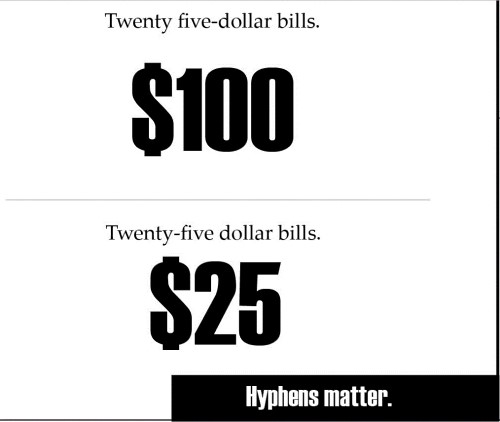|
We use verb tenses in English to express if an action is in the past, present, or future. We also use what is referred to as grammatical aspect, which indicates time-related traits such as the repetition, completion, or length of an action.
The four aspects are the simple tense, the perfect tense, the progressive tense, and the perfect progressive tense. When we combine these aspects with the past, present, and future, we have twelve main tenses:
|
past |
present |
future |
| simple |
simple past |
simple present |
simple future |
| perfect |
past perfect |
present perfect |
future perfect |
| progressive |
past progressive |
present progressive |
future progressive |
| perfect progressive |
past perfect progressive |
present perfect progressive |
future perfect progressive |
In this discussion, we'll look at how we use the past perfect progressive to communicate the timing and aspect of actions in our writing.
Past Perfect Progressive: Completed Ongoing Action
The past perfect identifies an action that occurred before another completed action. It is formed with the past-tense auxiliary verb had plus a verb's past participle.
Jerome had already eaten a piece of cake when the wait staff served dinner.
Esther and Ramone had planned to abscond to Belgium before the Interpol agents arrived. |
Assessing the first sentence, we have a verb that tells us an action took place in the past: served. A separate action, eating cake, preceded that one as well. To clarify the actions' sequence, we make the earlier one past perfect by adding had: had eaten.
The progressive aspect of a verb expresses an ongoing action. When we combine a past ongoing action that occurred before another completed action, often with a specified duration, we have the past perfect progressive.
We form the past perfect progressive as:
had + been + progressive form of the verb (i.e., present participle ending in -ing)
Examples
Jerome had been eating cake for an hour [duration] when the wait staff served dinner.
Esther and Ramone had been planning all week [duration] to abscond to Belgium before the Interpol agents arrived. |
We see how this differs from the present perfect progressive, which describes recent actions that began in the past and continue into the present. Because of its relation to the present, the associated action can be in the near past or the present.
The present perfect progressive is formed as:
have or has + been + progressive form of the verb (i.e., present participle ending in -ing)
Examples
Jerome has been eating cake since before the wait staff started [near past] serving dinner.
Esther and Ramone have been planning to abscond to Belgium before the Interpol agents arrive [present]. |
Past Perfect Progressive: More Examples
As we've been discussing, we will often use the past perfect progressive to communicate a past action—frequently with a stated duration—that was interrupted or influenced by another past action.
Loretta had been speaking on her phone most of the day before the hurricane took out the cell tower.
Musa had been illustrating the highly anticipated comic book even before the editor-in-chief approved the story concept. |
We also will use the past perfect progressive to express a past action that, although finished, had an immediate relation to another action in that moment.
When I opened the door, the frost had already been forming on the window for at least the last several hours.
Nathan finally found the crack that had been leaking enough to dampen the carpet. |
The past perfect progressive further can describe an action that began in the past and was not completed by the time of the second past action.
Ravi had been working diligently on his thesis, but he still did not know if he had the right conclusion for it.
The paint had been drying all day, but it was not yet dry enough to hang the paintings on the wall. |
Past Perfect Progressive: A Note About Speech
If you pay attention to spoken language, you might recognize that many of us may not often use the past perfect progressive during conversation. It tends to be more common in written contexts.
In speech we will typically form a sentence with simpler verb tenses as opposed to increasingly complex ones.
Examples
Past perfect progressive: Miguel had been practicing kicks on goal for twenty minutes when Coach Meyer blew the whistle starting practice.
Past progressive: Miguel was practicing kicks on goal when Coach Meyer blew the whistle starting practice. |
Note how the past progressive doesn't include a specified duration as the past perfect progressive does.
| 




